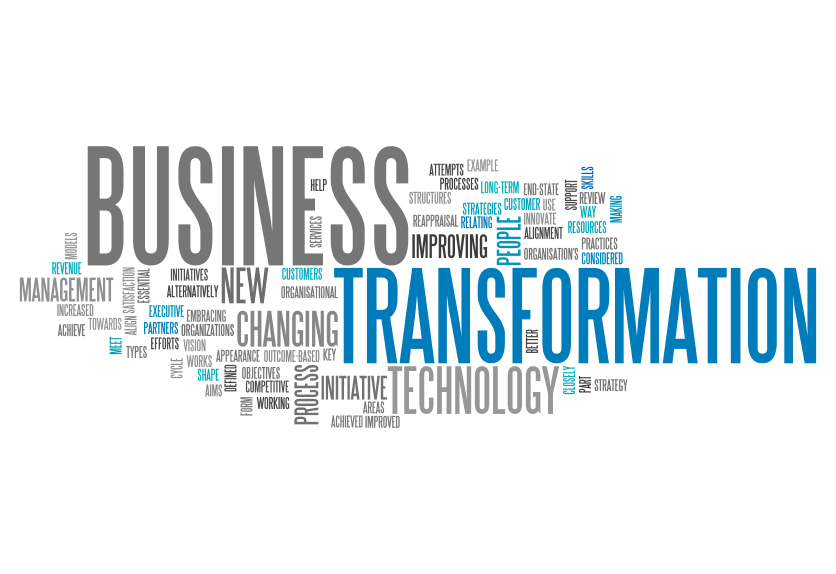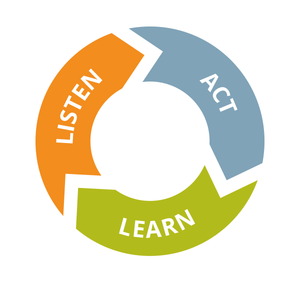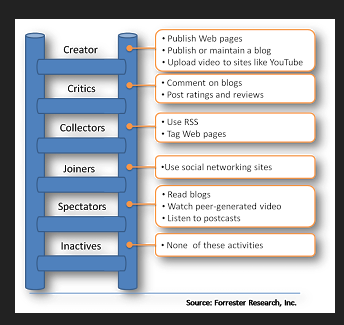At the age of 23 it is becoming more and more difficult to remember how the world looked before the era of social media erupted. At a simple click of a mouse we have endless information at our disposal through the never-ending Social Media applications that continue to evolve. This is attractive to users because this information is readily available to viewers at virtually no cost. Of course with every opportunity that Social Media creates is followed with a challenge as well. The journal article “Users of the world, unite! The challenges and opportunities of Social Media” helps to identify what the term Social Media means in order to make the various applications within the Social Media world easier to understand. To put it simply, the term Social Media is defined as “a group of Internet-based applications that build on the ideological and technological foundations of Web 2.0, and that allow the creation and exchange of User Generated Content” (Kaplan & Haenlein, 2010). Of course, this is the fancy terminology that the authors of this article feel sums up the term the best. However, simply breaking down the two words that make up the term identify the two biggest factors: The social aspect and the media side. Although the wording suggests that the social part comes first we know this is not the case. Without the right application within the media it does not matter how well we do at addressing the social aspect, we will not be successful. That being said I will be addressing the five points about using media that the article identifies first:
1) Choose carefully
2) Pick the application, or make your own
3) Ensure activity alignment
4) Media plan integration
5) Access for all (Kaplan & Haenlein, 2010, pp. 65-66)
The list provides a step by step process which is crucial when a company decides to delve into the Social Media world. In terms of marketing, every company would like to maximize their presence. However, joining every Social Media application is not the correct way to do so. Not only would this require large amounts man hours to actively participate in every application but it would quickly prove to be ineffective. As the saying goes, quality over quantity. The importance is in finding what application(s) would be most effective for reaching your target market; after all these are the people you are trying to reach out too. “Each company must adopt the tactics that are right for its customers and its way of doing business and adapt as the technologies change. Copying others doesn’t work because your company, your customers, and your goals are not the same as anybody else’s” (Li & Bernoff, 2011, p. 75). Although this will undoubtingly require research, doing so will prove to be worthwhile. This step ultimately forms the foundation for the remaining four building blocks surrounding the media component, each adding further value for the company.
As I had previously mentioned the next five points that the article introduces directly relate to the social aspect of the media. Although as I mentioned, that it doesn’t matter how well a company does with this aspect if the media application is not selected properly, that does not make these five factors listed below any less significant. They are as followed:
1) Be active
2) Be honest
3) Be humble
4) Be unprofessional
5) Be honest (Kaplan & Haenlein, 2010, pp. 66-67)
Simply just being present on Social Media applications is not enough to provide positive results. Each of these five factors is instrumental in the success of a company’s participation within the Social Media world. Companies have realized the endless opportunities that are available through Social Media to market not only themselves but their services and products as well. Relating these five key points about being social to any company is very important. Simply participating within the appropriate Social Media application will not be enough to win over your target market. Although the opportunities that are available through Social Media seem to be countless, companies must be willing to accept the challenges that go hand in hand with them. As the article points out, one of the biggest problems that businesses face is the fact that they have increasingly less and less control over the information available about them in cyberspace (Kaplan & Haenlein, 2010). This is where the five points come into play within the social component. Your target audience does not want to feel like they are talking to robots. Show them emotion, show them that you are human as well, your company is going to make mistakes but that you will learn from them and become stronger.
A very good example of failing to incorporate the five points of being social occurred recently during the Fort McMurray involving a well known airline. As we know, the mandatory evacuation of over 80,000 residents forced to flee on a moment’s notice caused a state of emergency for the city of Fort McMurray. Luckily so many Canadians, including thousands of individuals and companies such as WestJet, offered much needed support. However, on the other hand there was one airline in particular which received a lot of backlash over an “accidental” price surge that occurred to fleeing Fort McMurray residents who happened to be flying with the Air Canada airline. “In a statement posted on their website, Air Canada refuted accusations that they hiked airfares as thousands of residents fled Fort McMurray due to raging wildfires. They did say however, that premium fares were a result of Air Canada’s computerized fare system” (Coorsh, 2016). Air Canada, who arguably already has a very poor reputation among Canadians continued to do damage control over the incident on Social Media platforms such as Facebook and Twitter. Unfortunately the company chose to address angered customers comments by replying with a generic response to each and every post which had no sense of empathy or emotion connected with it. Air Canada failed to meet four of the five social points and led to massive amounts of damage to the company’s image. Air Canada did not remain active by responding to each and every negative comment made on the company’s Twitter or Facebook feed, however by not following through with the other four points the company suffered drastically. Air Canada failed to take any accountability for the price surge that occurred and this was quickly noted by angered customers who vowed to never fly with the airline again. It is very evident that Air Canada took a huge hit to their reputation but the true test of the company’s character will lie within their ability to learn from this event and adapting the five points of being social would be a good start.
References
Coorsh, K. (2016, May 6). Air Canada addresses accusations of price-gouging during Fort McMurray evacuation . Canada.
Kaplan, A. M., & Haenlein, M. (2010). Users of the world, unite! The challenges and opportunities of Social Media. Business Horizons, 53, 59-68.
Li, C., & Bernoff, J. (2011). groundswell: winning in a world transformed by social technologies. Boston: Harvard Business Review Press .










